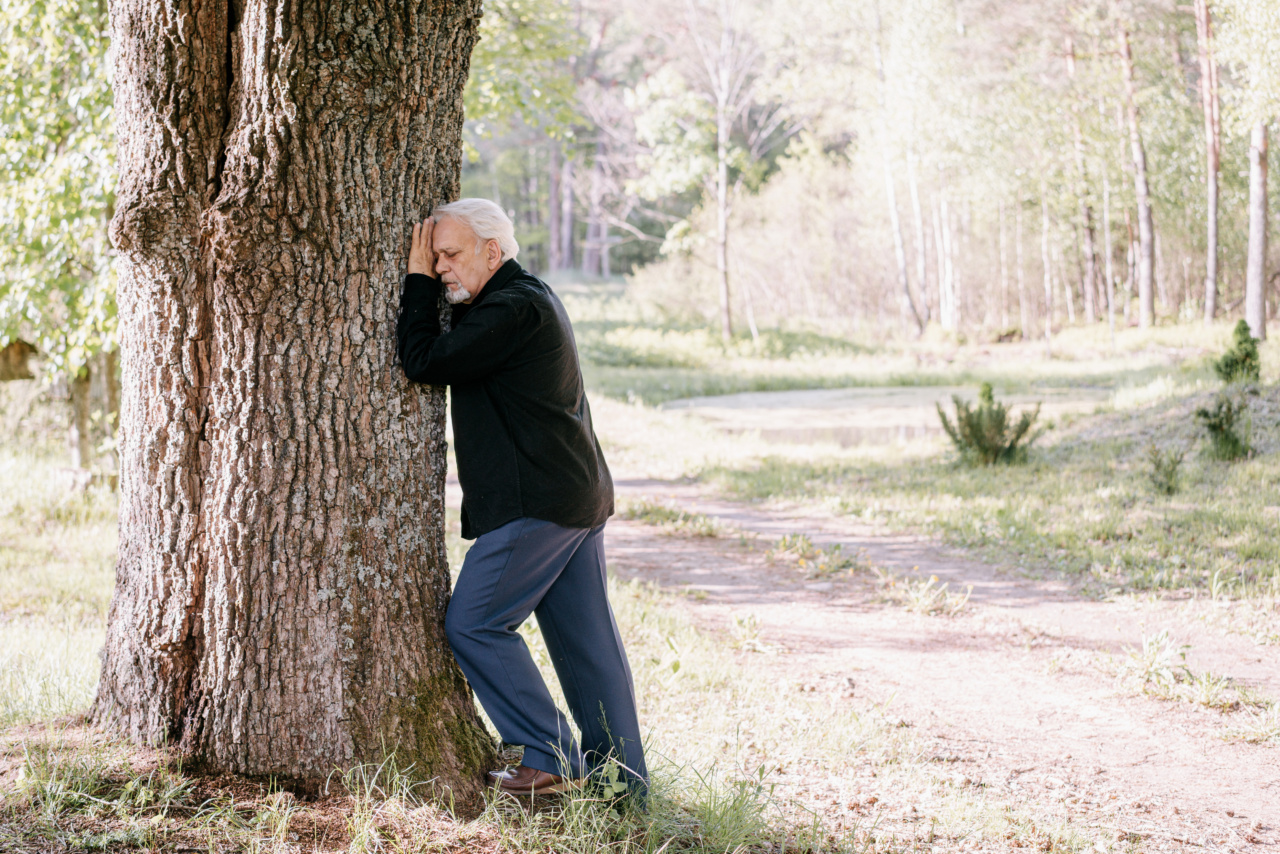Long-term pain, also known as chronic pain, can significantly impact the lives of individuals, particularly the elderly.
As people age, they are more likely to experience persistent pain due to various health conditions and age-related changes in their bodies. The challenges posed by long-term pain in the elderly are not limited to physical discomfort alone but also encompass profound consequences on their overall well-being.
This article aims to delve into the challenges faced by the elderly enduring chronic pain and highlight the pertinent consequences associated with it.
Physical Challenges
Chronic pain poses considerable physical challenges for the elderly. The continuous discomfort can hinder their mobility, making it difficult to engage in everyday activities.
Simple tasks, such as walking or climbing stairs, may become arduous and painful. This decline in physical functioning can lead to a sedentary lifestyle, which further exacerbates the pain and contributes to a downward spiral of diminished strength and endurance.
As a result, the elderly may experience reduced independence and an increased reliance on others for assistance with daily tasks.
Mental Health Implications
The consequences of long-term pain extend beyond the physical realm and have a profound impact on the mental health of the elderly. Living with persistent pain can lead to feelings of frustration, anxiety, and depression.
The constant discomfort can weigh heavily on their emotional well-being, affecting their overall quality of life. Moreover, the limitations imposed by chronic pain may result in a sense of loss, as the elderly may have to forgo activities they once enjoyed.
Loneliness and isolation can also become prevalent, as social interactions become limited due to the constraints imposed by pain.
An Increased Risk of Falls
Long-term pain in the elderly is often accompanied by various musculoskeletal issues, such as joint stiffness and reduced flexibility.
These physical manifestations of chronic pain increase their vulnerability to falls, resulting in severe injuries and fractures. The fear of falling then becomes a persistent worry, hindering their willingness to engage in any physical activity. This fear can further exacerbate their sedentary lifestyle, compounding the adverse effects on their physical and mental health.
Impact on Sleep Patterns
Chronic pain can significantly disrupt sleep patterns in the elderly. The constant discomfort and the inability to find a comfortable position can make falling asleep and staying asleep a formidable challenge.
Sleep deprivation can lead to a myriad of problems, including daytime fatigue, difficulty concentrating, and impaired cognitive function. The combined effects of pain and sleep disturbances can further deteriorate their overall well-being and diminish their quality of life.
The Importance of Proper Pain Management
Given the multifaceted challenges posed by long-term pain in the elderly, it is imperative to ensure proper pain management.
Effective pain management strategies may involve a combination of therapeutic approaches, including medications, physical therapy, and alternative modalities, such as acupuncture or mindfulness techniques. The goal is to alleviate pain, enhance mobility, and improve overall quality of life. However, it is crucial to strike a balance to avoid overreliance on medications, especially opioids, which can carry the risk of addiction and other adverse effects.
The Need for Support and Empathy
The challenges faced by the elderly enduring chronic pain highlight the need for support and empathy from their loved ones and healthcare professionals.
Providing a compassionate environment where their pain is acknowledged and validated can have a significant positive impact on their overall well-being. Encouraging them to communicate openly about their pain and offering assistance with daily tasks can contribute to promoting their independence and enhancing their quality of life.
Managing Pain Holistically
Managing long-term pain in the elderly should adopt a holistic approach that considers not only their physical symptoms but also their emotional and social well-being.
Integrating psychological support, such as therapy and counseling, can help address the mental health consequences of chronic pain. Additionally, promoting social engagement and encouraging participation in activities that bring joy and fulfillment can foster a sense of purpose and alleviate feelings of isolation.
The Role of Education and Awareness
Improving education and awareness about long-term pain in the elderly is vital for both caregivers and healthcare providers.
Understanding the challenges and consequences associated with chronic pain can empower individuals to provide appropriate care and support. Healthcare professionals can play a pivotal role in shaping pain management strategies and spreading awareness about available resources and treatment options, ensuring the elderly receive the assistance they require.
Maintaining Hope and Optimism
In the face of long-term pain, it is crucial to maintain hope and optimism. By adopting a positive mindset and implementing effective pain management strategies, the elderly can reclaim control over their lives.
Emphasizing the potential for improvement and providing ongoing support can instill a sense of resilience and empower them to navigate the challenges posed by chronic pain.
Conclusion
Long-term pain in the elderly presents numerous challenges and consequences that extend beyond physical discomfort. The impact on their mental health, independence, and overall well-being necessitates appropriate pain management and emotional support.
By adopting a holistic approach that encompasses physical, emotional, and social aspects, the elderly can find relief, regain control, and improve their quality of life despite enduring chronic pain.































